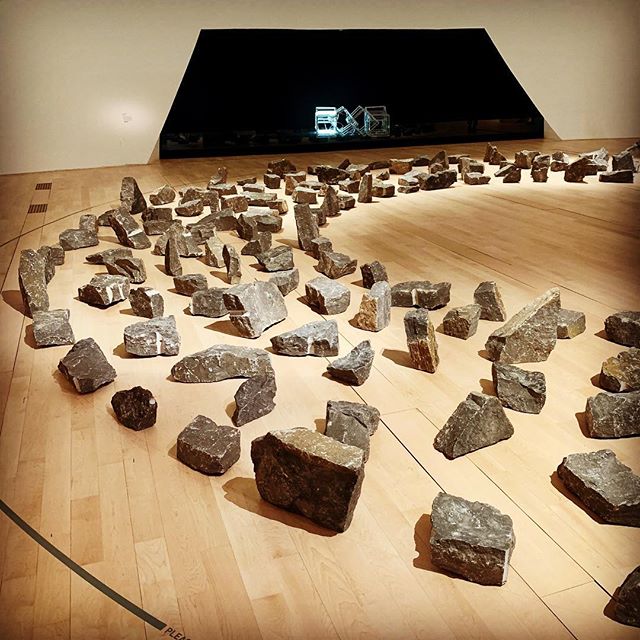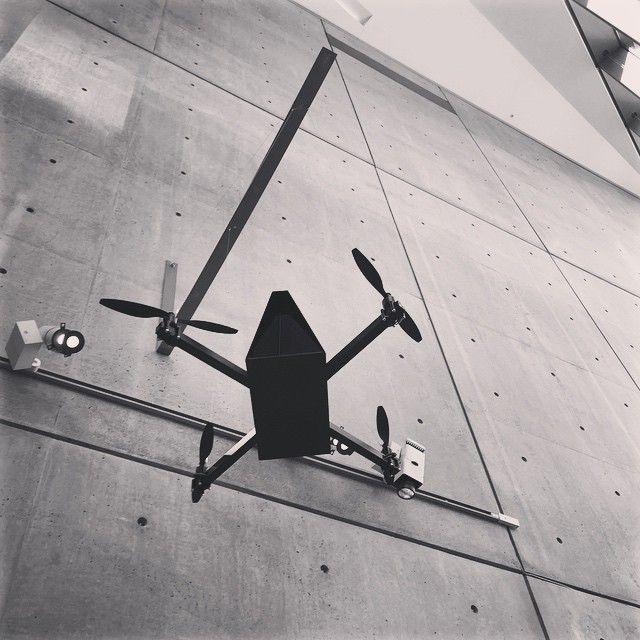The Metaphorical Startup

I never hide the fact that I will go back to the startup world as a founder and CEO someday. That someday can be tomorrow or a few years. Time is the only limiting factor for me. Because I insist on high standards, the path will be tough or I may not live to see the final stages of the startup. While I have no ideas at the moment, I have a mental model in what kind of company that I want to build. In this essay, I share my “secret plan” to why, what and how this startup will look like in the future.
Here’s the plan in three steps: 1/ Find an existing business that has a sustainable cashflow and build a team to operate the acquired traditional business, 2/ strip and remove any inefficiencies and automate whenever possible with the business using the best technologies available in the market and change the business model at the same time and 3/ build a profitable business out of this first business, rinse and repeat to another business and the cycle goes on. The eventual business is a conglomerate, diversified with different verticals and it is the reality in how a business survives and thrives in Asia.
Here are the three conditions which I have designated what vertical this metaphorical startup sits: 1/ the metaphorical startup is in a traditional industry where it is either highly commoditized or the compound annual growth rate (CAGR) is between 6 and 50%, 2/ there exists inefficiencies in business processes within the industry or the business where automation and digitization tweaked the CAGR rate significantly or disrupt the market with an alternative business model that has a counter proposition against the incumbents, 3/ there is fragmentation in the industry where there is no clear winner in the space or the market share of the top three are within 10 to 15% which the incumbents and upstarts do not care about this metaphorical startup. In the first seven iterations of the business, partnerships is on the lowest priority and any business require partners or 3rd party help to grow at this state is going to fail. It is important to note that there must exist an opportunity to switch the business model in the original business that allows the counter positioning to happen. In that situation, a transition cost must incur not more than 30% decline in the original business.
Here’s how I envision the startup looks like to an outsider. It is best to illustrate with a metaphorical image of an existing business. Let’s start with the decision that I buy a restaurant with a healthy business margins of 5-10% profits. The first response I will likely to hear from friends and investors I know will be, “After all the training and experience you have in technology, why are you wasting your time in a business that uses no technology?”. That’s their perception and I will get rejection from any investors in building a restaurant. Here’s what my plan looks in the surface but the inside story is different. Everything looks the same in the first three to six months, and I am happily bringing friends to wine and dine in my metaphorical restaurant. What I do, is to internally make incremental changes in the business specifically in the operations. Every workflow in the business is examined and re-designed either with complete overhaul or augmentation of the existing workflow with digital means. The way to cook the food is scientific using a combination of Sous Vide methods and automation, reducing the daily operation workload of the chefs. In the process, I switch out the POS system to enable a better digital payment system so that the customer can swiftly pay and walk out of the restaurant. Last but not least, the eventual aim is to automate that people can just walk in and walk out of the restaurant without touching a cashier, but only with the waiter focus to serve the customers, with a tablet computer. The tablet computer interfaces with the customer and personalizes the experience towards the customer’s tastes and preferences. Behind every experience from business operations and customer engagement, artificial intelligence and automation are embedded and not the center piece of what the system works. Human creativity is the other part to drive this business to its growth path. Of course, by improving the customer experience drives more revenue and reduce the wastage of the system, for example, living on old and outdated systems, grows the CAGR of the business. I might even switch out the original business model of the restaurant. For loyal customers to the restaurant, I switch to a subscription model which allows me to drive up the lifetime value of the customer above 20%. The final step is to expand this business as quickly as possible across geographies with the business model that is nimble and agile within 3 years. If I can configure the business efficiencies into an innovation solution or template, I will open for third party use and of course, rely on partnerships to scale through that.
I have explained this mental model to close friends who have asked me this question, “When are you coming back to the startup world?” Of course, I will and I am aware that I am close to eight years out of the system. It is not a question of when, but a question of how and what to make it work. Of course, failure is possible. To deal with analysis paralysis, I have a rule in my mind: I should only do this business if the failure rate sits within 30-40%.




